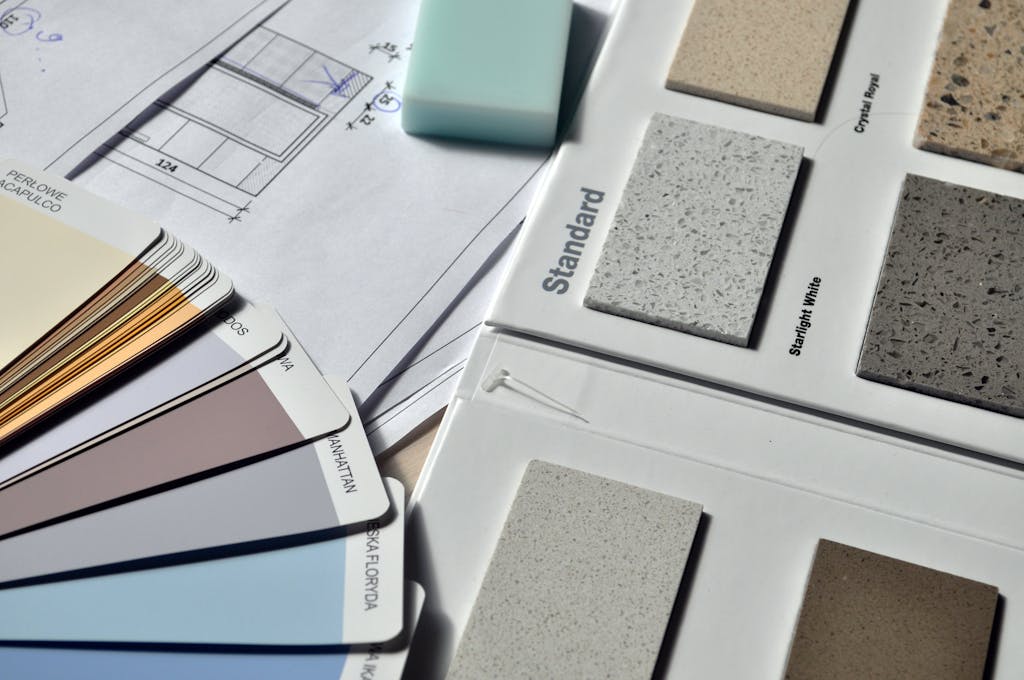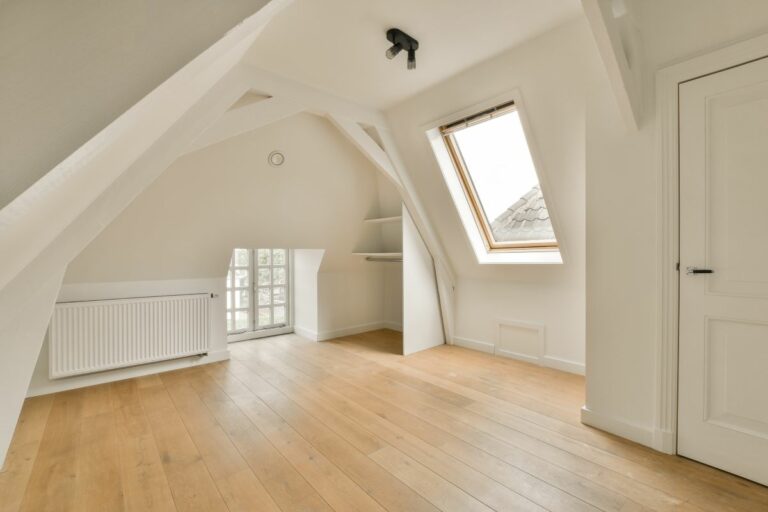Preparing Your Home for a Fresh Coat of Paint: A Comprehensive Guide

Whether painting yourself or hiring a pro, here are some things that will ensure a perfect new paint job, minimize stress, and minimize mess!
Are you gearing up to give your home a fresh new look with a new coat of paint? Exciting times ahead! But before you unleash your inner Picasso, it’s crucial to ensure your home is properly prepped for the painting process. Proper preparation not only ensures a smooth and flawless finish but also makes the job easier for your painter. Here’s a step-by-step guide on how to get your home ready for the painter:
- Clear the Space: Begin by clearing the area to be painted. Remove furniture, wall décor, and any other items that could get in the way of the painting process. If moving large furniture is not feasible, push everything to the center of the room and cover it securely with plastic sheets to protect from paint splatters.
- Clean the Surfaces: Dust, dirt, and grime can hinder paint adhesion and lead to an uneven finish. Thoroughly clean the walls and ceilings with a mild detergent solution and a sponge or cloth. Pay special attention to areas near the kitchen (where grease might accumulate) and bathrooms (where moisture can cause mold).
- Repair Damages: Inspect the walls for any cracks, holes, or imperfections. Patch up these areas with spackle or joint compound, and sand them smooth once dry. For larger cracks or holes, consider using mesh tape before applying the patching compound for added reinforcement.
- Sand the Surfaces: After patching, sand the repaired areas as well as any rough spots on the walls or trim. Sanding helps smooth out imperfections and promotes better paint adhesion. Use fine-grit sandpaper and remember to wipe away the dust with a damp cloth afterwards.
- Protect Floors and Fixtures: Cover the floors with drop cloths or rosin paper to prevent paint spills and splatters. Use painter’s tape to protect baseboards, trim, and any fixtures you couldn’t remove. Ensure the tape is applied securely and remove it promptly after painting to avoid peeling off dried paint.
- Prime if Necessary: In some cases, especially when dealing with new drywall, stained surfaces, or drastic color changes, applying a coat of primer before painting is recommended. Primer helps seal the surface, improves paint adhesion, and ensures a uniform finish. Consult with your painter to determine if primer is necessary for your project.
- Ventilate the Area: Proper ventilation is crucial during the painting process, especially when using oil-based paints or strong-smelling primers. Open windows and doors to allow fresh air to circulate and consider using fans to help expedite drying times.
- Communicate with Your Painter: Lastly, communicate openly with your painter about any specific requirements or preferences you have regarding the painting process. Discuss paint colors, finish options, and any concerns you may have upfront to ensure a smooth and satisfactory outcome.
By following these steps, you’ll adequately preparing your home for the painter – whether DIY or hiring a pro like Core Painting Edmonton. You’ll not only achieve professional-looking results but also make the painting process more efficient and stress-free for everyone involved. So roll up your sleeves, grab your paintbrush, and get ready to transform your space into a masterpiece, or contact Kathleen at Core Painting Edmonton for a quick free quote, and let them take care of most of the steps for you!


